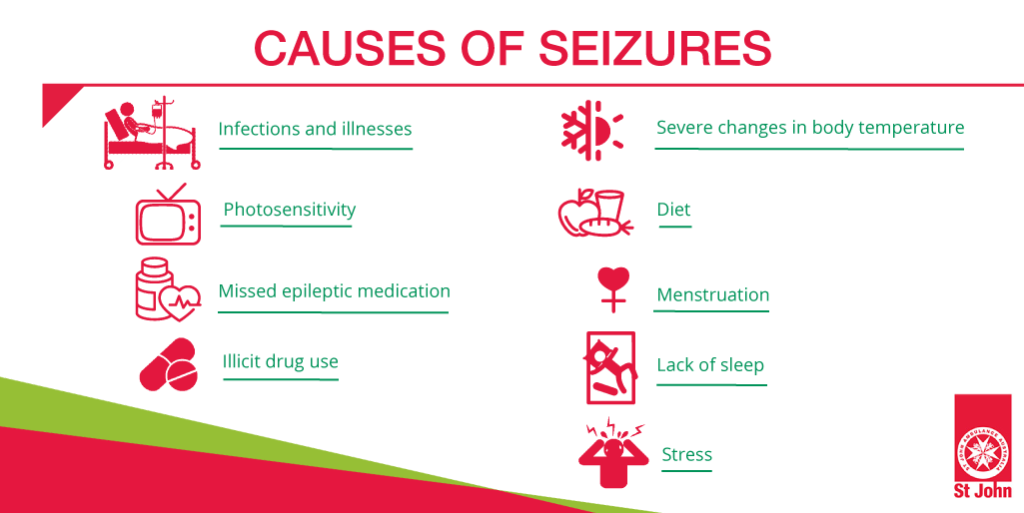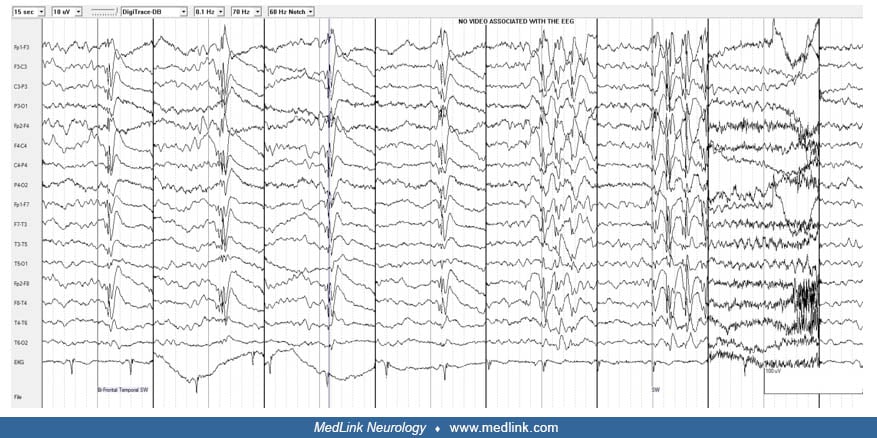

TYPES OF SEIZURES AND DURATIONS SERIES
Prolonged seizures, or a series of seizures without a normal break in between, indicate a dangerous condition called convu lsive status epilepticus and demands emergency treatment.Epilepsy is a condition that affects the brain and causes seizures (fits) to occur. If the active movements of the seizure last more than five minutes, it is advisable to call an ambulance. Tonic-clonic seizures generally last one to three minutes. They may, however, vomit or bite their tongue and can sometimes injure themselves if they hit nearby objects as they fall or convulse. This drowsiness can last for a numbers of hours.Īlthough this type of seizure can be frightening to watch, the seizure itself is unlikely to seriously harm the person having the seizure. They may have a headache and want to sleep. The person may dribble from the mouth, go blue or red in the face or lose control of their bladder and/or bowel as the body relaxes.Īs consciousness returns, the person may be confused, drowsy, agitated or depressed.

Their limbs then begin to jerk in strong, symmetrical, rhythmic movements (the clonic phase). This type of seizure can be mistaken for drug/alcohol affected behaviour or psychiatric disturbance.Īt times focal seizures can evolve to become generalised seizures.ĭuring a tonic-clonic seizure a person’s body stiffens, air is forced past the vocal cords causes a cry or groan, and they fall to the ground (the tonic phase). Afterwards, the person may have no memory of the seizure or the events just before or after it. The seizure usually lasts for one or two minutes to several hours. These behaviours may also be described as trance-like or robot-like and are called automatisms. The person may often appear confused and dazed and may do strange and repetitive actions like fiddling with their clothes, making chewing movements or uttering unusual sounds. This means their level of consciousness is altered rather than lost. In some focal seizures, the person is in a dyscognitive state.
TYPES OF SEIZURES AND DURATIONS FULL
A person having a focal seizure can retain full awareness, but focal seizures can also affect a person’s level of consciousness.

Sometimes the person remains alert throughout the seizures and can remember what happens. P eople can have different levels of consciousness during focal seizures. The seizure usually lasts less than two minutes. The symptoms the person experiences will depend on what function that part of the brain controls (or is associated with.) The seizure may involve the involuntary movement or stiffening of a limb, feelings of déjà vu, unpleasant smells or tastes, or sensations in the stomach such as butterflies or nausea. Focal seizures start in one part of the brain and affect the part of the body controlled by that part of the brain.


 0 kommentar(er)
0 kommentar(er)
